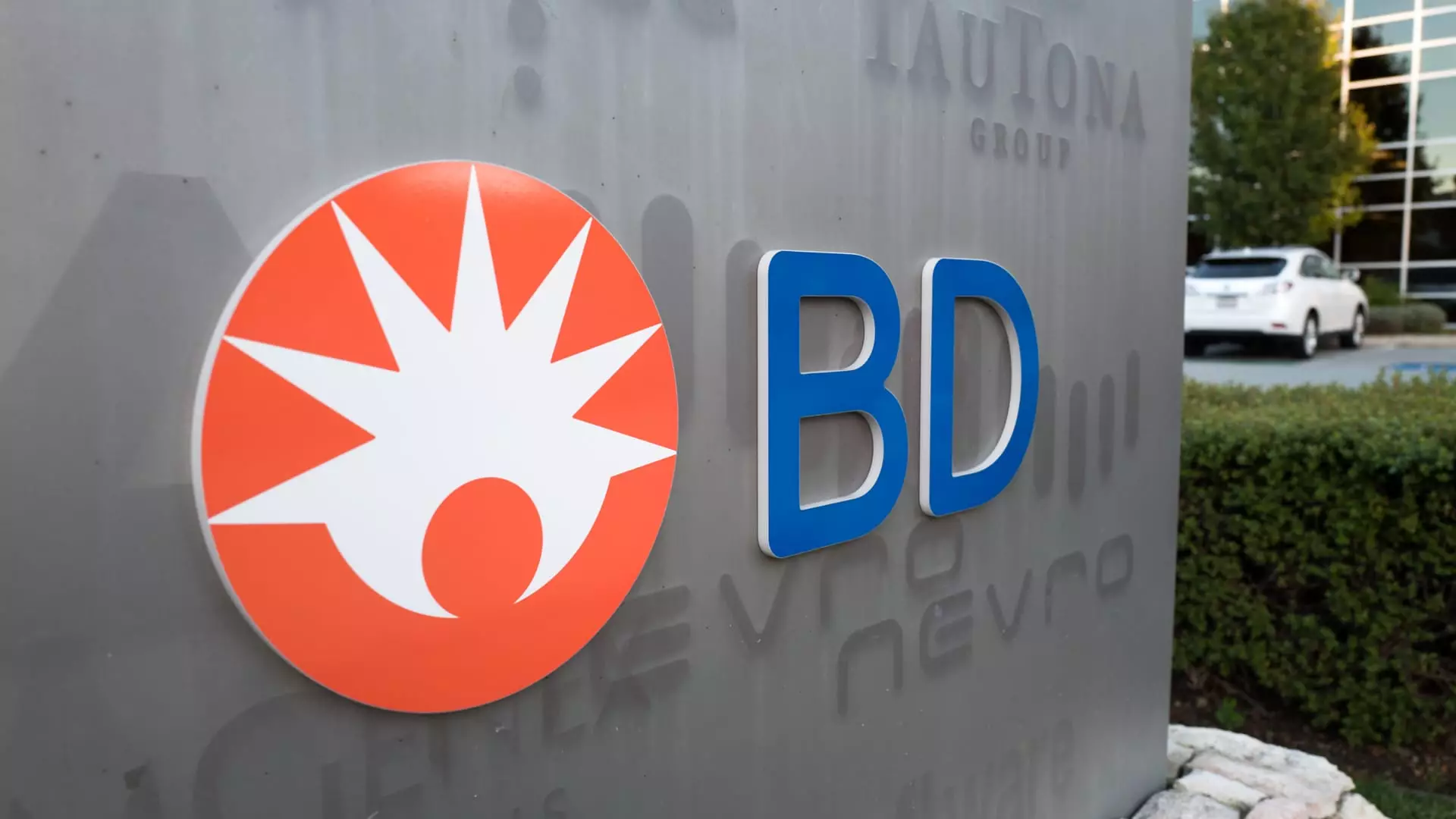Becton Dickinson (BDX) is a prominent player in the healthcare and medical technology sector, specializing in the development, manufacturing, and distribution of a wide range of medical supplies and diagnostic products. With an impressive market capitalization of approximately $66.65 billion, BDX’s stock trades at around $229.85 per share, indicating a strong presence in the stock market. The company caters to a diverse clientele, including healthcare institutions, clinical laboratories, and researchers, showcasing its comprehensive approach to varying healthcare needs.
Recently, the activist investment firm Starboard Value has taken a notable interest in Becton Dickinson, advocating for substantial operational changes aimed at increasing shareholder value. Starboard is renowned for its past successes in enhancing the fortunes of other companies through sharp focus on operational efficiency and margin enhancement. With a remarkable history of delivering returns significantly above market averages—32.96% in prior campaigns compared to 14.61% for the Russell 2000—Starboard’s involvement could signal a pivotal moment for BDX.
Starboard’s plan for Becton Dickinson centers on the notion of unlocking value through the potential separation of its two main business arms: MedTech and Life Sciences. In this context, the firm has pushed for a strategic spinoff, allowing each division to operate independently and cater more effectively to its specific market demands.
The Structure of Becton Dickinson’s Business
Becton Dickinson’s operations are divided into two primary sectors: MedTech and Life Sciences. The MedTech division encompasses the BD Medical sector, which focuses on delivering medication management solutions and advanced monitoring devices, as well as BD Interventional, which specializes in products for urology, oncology, and surgical applications. Conversely, the Life Sciences division revolves around the provision of diagnostic products, encompassing specimen collection and reagent systems key to the healthcare ecosystem.
Historically, the two sectors have contributed roughly equal revenue streams; however, a shift has occurred where MedTech is now emerging as a leader, generating approximately $15.1 billion in revenue versus Life Sciences’ $5.2 billion. This divergence illustrates distinct growth trajectories and differing operational dynamics, raising questions about their coexistence under the same corporate umbrella.
Starboard has drawn attention to a fundamental mismatch between the two divisions’ growth patterns and valuations. The MedTech arm, perceived as a high-growth entity with mid-single-digit growth projections, is currently valued at lower multiples (13-14 times EBITDA) compared to Life Sciences, which enjoys a robust valuation of 20 times or more. The stark contrast poses a conundrum for Becton Dickinson, as the aggregated valuation drags down the perceived worth of the faster-growing MedTech business.
By advocating for the separation of these divisions, Starboard suggests that the MedTech business could realize a more favorable valuation reflective of its growth potential. The theoretical result? Bringing Becton Dickinson’s total valuation above the $110 billion mark at minimum.
Potential Outcomes of a Spinoff
Isolating the Life Sciences business could inherently provide substantial value creation opportunities by allowing management to concentrate on specialized strategies tailored to each division. For example, the operational efficiencies and focused management within the independent MedTech business might lead to improved margins as it pursues growth strategies originally hindered by the complexities of being part of a larger conglomerate.
Moreover, establishing two distinct companies could broaden the investment appeal, attracting investors who favor pure-play investments in either MedTech or Life Sciences. This bifurcation would provide clearer narratives and specific performance assessments for shareholders.
Recent estimates hint that the Life Sciences segment alone could command a valuation close to $30 billion, albeit slightly under its potential earnings multiple. This emphasis on a segmented approach underscores the belief that Becton Dickinson’s combined market presence can be far more powerful and profitable when the components are allowed to shine individually.
Starboard’s advocacy seems to resonate not just on Wall Street but also within Becton Dickinson’s own strategic considerations. The company has signaled openness to discussions around the potential for a divestiture, acknowledging the complexities brought about by its dual business nature. In essence, this receptiveness reflects an understanding that tailored operational strategies could yield superior outcomes for shareholders.
In the long run, the challenge for Becton Dickinson will not only be the execution of this strategic realignment but also ensuring that both newly formed entities can harness their distinct strengths while remaining resilient in an evolving market landscape.
As Becton Dickinson stands at this critical juncture, the potential for structural transformation becomes evident. The nuanced strategy advocated by Starboard could catalyze a fresh chapter in BDX’s evolution, ultimately enhancing shareholder value and optimizing operational performance. The convergence of strategic activism and corporate responsiveness appears set to redefine Becton Dickinson’s trajectory, ensuring it remains a formidable player within the global healthcare arena in the years to come.

